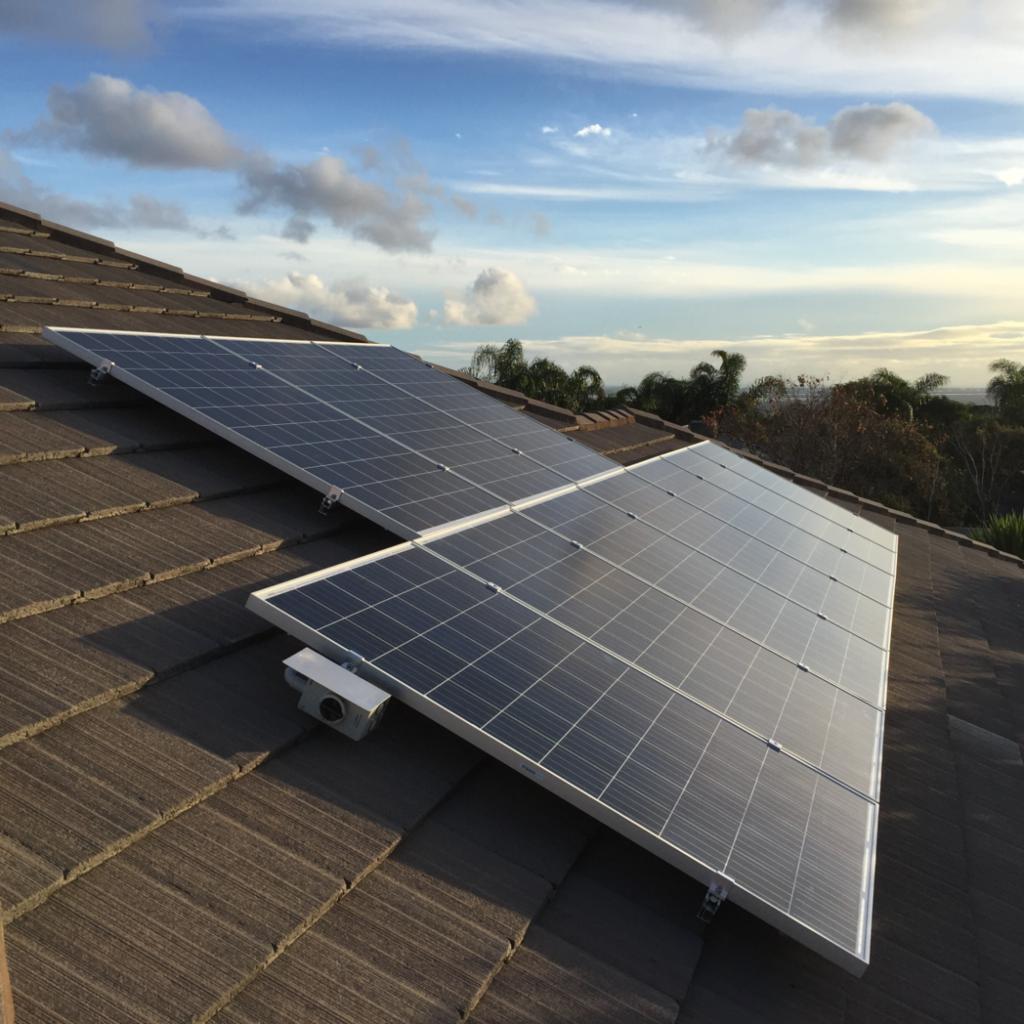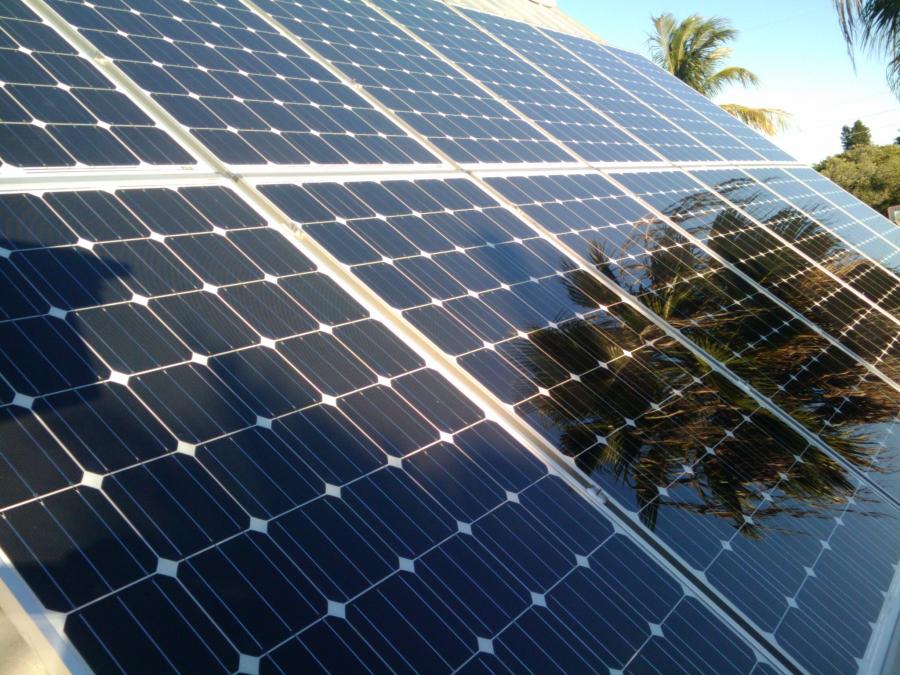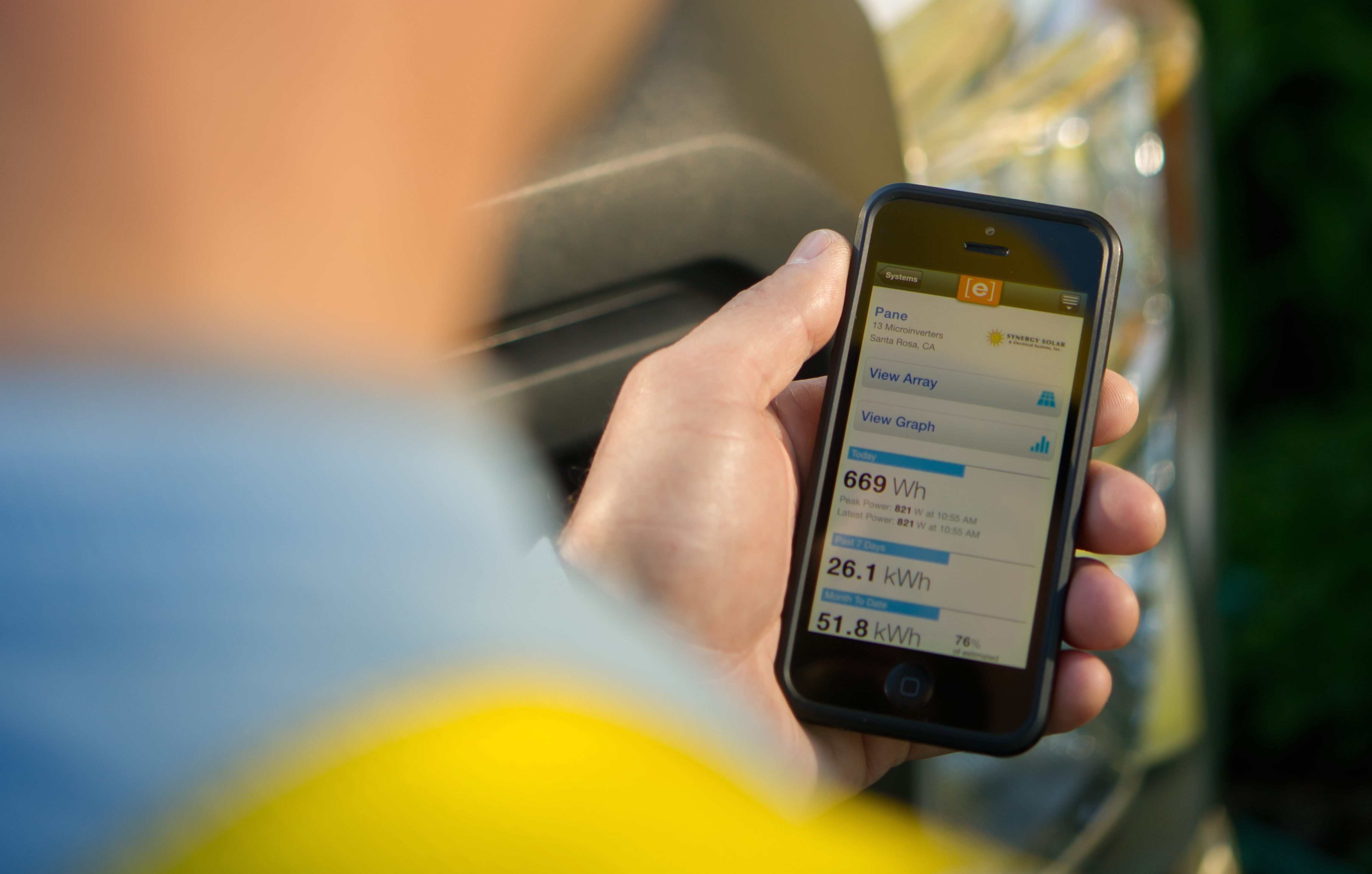Frequently Asked Solar Questions
Over the years we’ve become accustomed to hearing the same questions relating to having a solar photovoltaic (PV) system installed. So, as we are dedicated to education and helping our customers as much as we can, we have compiled a list of our most frequently asked questions to help you on your journey.
1. What is a grid-connected solar system?
A home without a solar system draws its energy from the electricity grid. A grid-connected solar system is a solar PV system that is connected to the electricity grid. Your household will consume the energy that is created from your solar system first, and if more is needed, it will draw the remaining electricity from the grid. It also allows your system to send power back out to the grid. If your household is not consuming the entire amount of energy that your system is creating, then that surplus is sent back out to the electricity grid. This surplus is measured and credited back onto your power bill. Depending on what state you live in and what electricity supplier you are with, this value will vary.
2. How much will my solar system cost me?
As an extremely broad question, the answer is dependent on a number of factors. The final price depends on what brand of system you choose, how many panels you have installed, whether you decide on a string inverter or microinverter and much more.
ALWAYS get multiple quotes to compare prices and remember that the most expensive quote doesn’t necessarily mean equate to the best system. In South Australia, on average a 5kW (kilowatt) system costs approximately $5,500 but there are some elements that will affect this price.
3. What size system do I need?
To answer this question, your system designer will need to understand your energy habits such as your daily usage amount, your energy usage patterns, your location, etc. From here, they will be able to offer you the correct sized system. While your installer should be able to offer you a rough estimate just by receiving your latest electricity bill, they should not be able to present you with an ACCURATE system size without first asking these questions.
4. How many solar panels will I need?
Once your installer determines the system size that your household requires, they will then look at what panels will best suit your system. Not all panels are created the same, or yield the same amount. So your installer should be working out which panels are most appropriate for your lifestyle and energy patterns. They will also need to look at elements such as your roof size and budget.
5. Will anything else affect the price of my system?
There are a few added elements that will affect the overall price of your system. Each solar PV system is tailored individually, so don’t assume that just because your family member has a 5kW system with X amount of panels on their home, means that you will pay the same price for the same system. Factors need to be taken into account such as additional labour costs for things like a double storey roof, panel mounting brackets to angle your panels correctly if your roof is flat and much more.
6. How much money will I save with my solar system?
Typically, it can take anywhere from four to six years for a system to pay itself off in South Australia. Payback times depend on a number of things such as your location, your energy consumption, daily usage patterns, how well you maintain your system, the size of your system and your feed-in tariff.
Ensuring that you have the correct sized system will speed up your payback times. Having a system that is large enough is important as it will not only cover your power consumption, but it will maximise your return on investment. But having a system that is too large will mean that you’re exporting a large surplus of energy back into the grid and as feed-in tariffs are no longer as high, you will be selling your power for less than your electricity rates. So it’s important to ensure that your system is correctly sized to maximise your return.
7. Is my roof right for solar?
Not every roof is suitable to have a solar system installed on it. Generally, there are six key factors that will determine the suitability of your system.
- Orientation: While a north-facing roof is best for optimum production in South Australia, it has been proven that panels facing north.
- Shade: Solar panels only produce maximum energy in full sunlight. If a part of a panel becomes

Shadows on solar panels can affect the generation values of the entire system. shaded, then the output level is reduced. It is therefore necessary that your roof does not experience any shade if possible. Vegetation and overgrown trees can easily be removed, but shade from chimneys or poles on the roof is much more difficult to work around. If there are certain ares of you roof that do experience shading during the day, then your installer may offer you a system with microinverters to avoid your output dropping too much.
- Size: Your roof has to be large enough to have the space for the number of panels that you require. The minimum sized system that can be installed in Australia is a 1.5kW, which generally equates to 6 solar panels. If your roof is not large enough for 6 solar panels, then you may need to look at other options.
- Age: The age of your roof will be an indication of its structural integrity. If you are in an older home and are unsure about whether your roof will be able to safely support a solar system then it is best to have an inspection done beforehand.
- Pitch: Solar panels

The pitch of your solar panels can greatly affect their power generation values. generate maximum power when they are positioned perpendicular to the sun. Your installer will need to take the pitch of your roof into account when installing your panels at the optimal angle. If the pitch of your roof is too flat or too steep, then your installer will need to use mounting brackets to angle the panels correctly for maximum yield.
- Material: While solar panels can generally be installed on any roof, there are some exceptions. Metal roofs are often the best to install a system on, while tile roofs can be quite fragile and generate an extra cost.
8. Does the temperature during the day affect production results? Does hotter weather equal greater energy production?
Many people believe that hotter weather produces more energy, however, it is much the opposite. The hotter the day, the less energy that your system will produce. This is because a solar system converts LIGHT into energy and not HEAT.
A solar panel has an optimal temperate range that is best for producing the greatest amount of energy. As the temperature rises out of this optimal range, the production efficiency begins to decrease. Excessive heat is therefore detrimental for a solar panel’s production. Instead, the days that you will find you produce the most energy are on sunny, cooler days.
9. Is there any maintenance involved in having a solar system on my roof?
Despite the rumours, solar panels are NOT self-cleaning. So, like any other appliance or installation around the home or office, we do ask that you occasionally inspect and perform a small amount of maintenance on it. You can find a copy of our maintenance manual here.
10. Do I need developmental approval to have a solar system installed?
Generally speaking, you shouldn’t need to get council or planning approval when having a solar system installed, however, there are a few instances in which you may. If you live in a council strata development, then getting approval from the body corporate may be required, or if you live in a heritage listed home then you will need to get council approval. If you are unsure whether or not you should be receiving approval, you can ask your solar installer or local council for guidance.
11. Will I still be using energy from the grid?
Yes. Your solar system only generates energy when there is sunlight, and when this energy is generated it needs to be used immediately. At night time when there is no energy being produced, your system will draw energy from the electricity grid so that you can continue to use the appliances within your home. Should you have a battery system however, it can store energy produced by your system to use when your system is not generating power.
Still unsure?
Solar systems are all individually tailored to ensure maximum power generation for your household. If you have any further questions, please do not hestitate to give us a call on (08) 8297 3422 today, to speak to one of our qualified installers.



